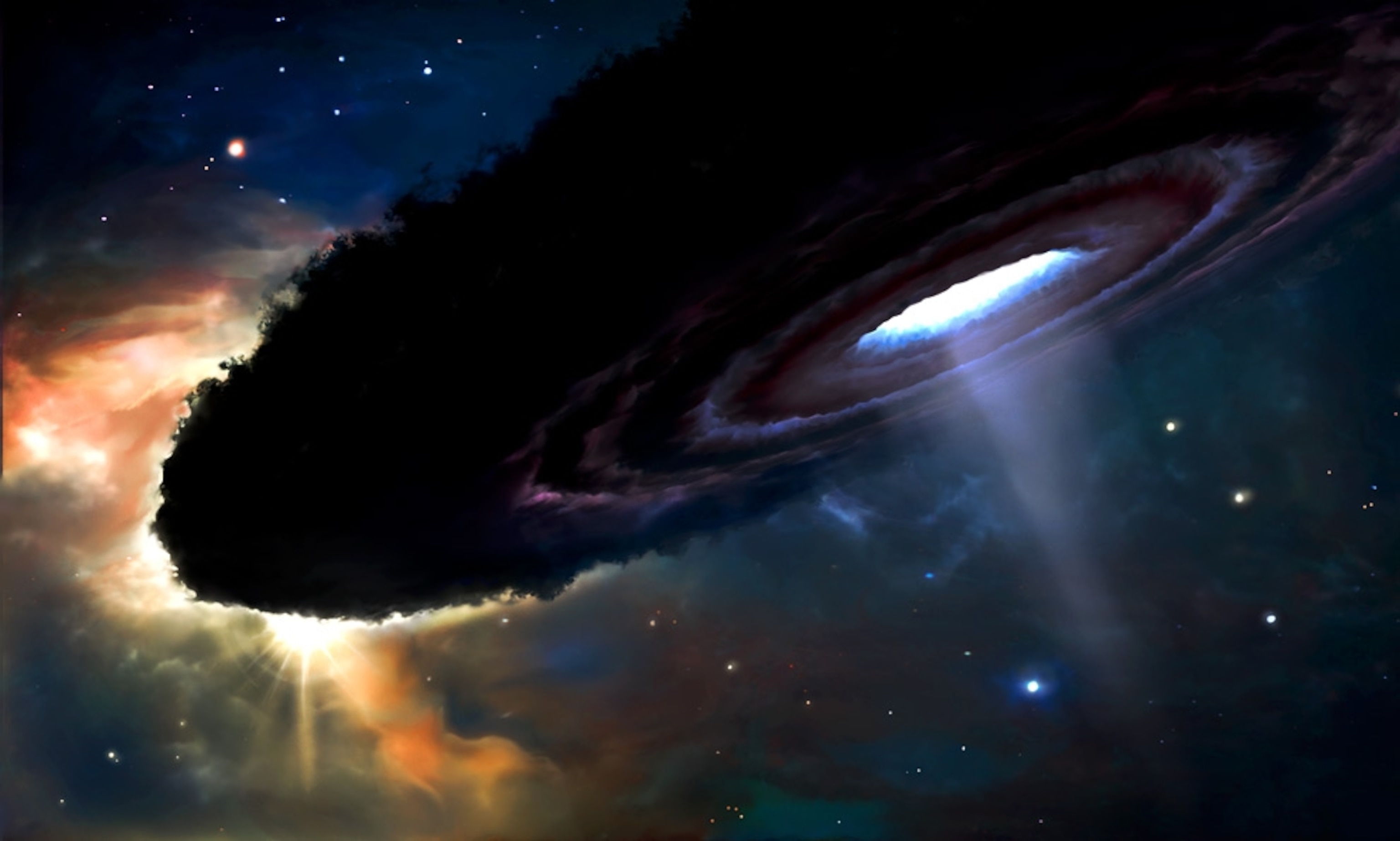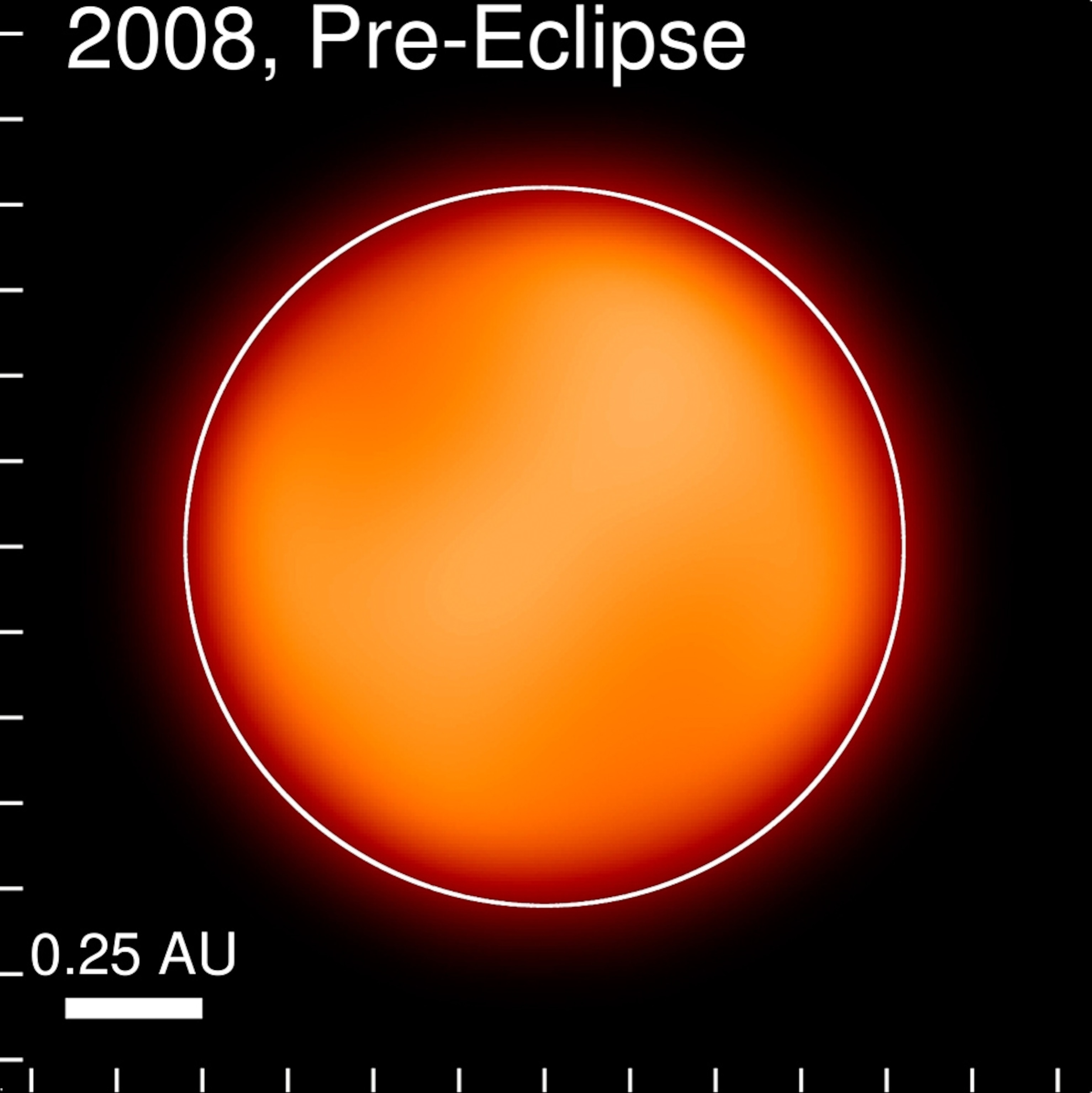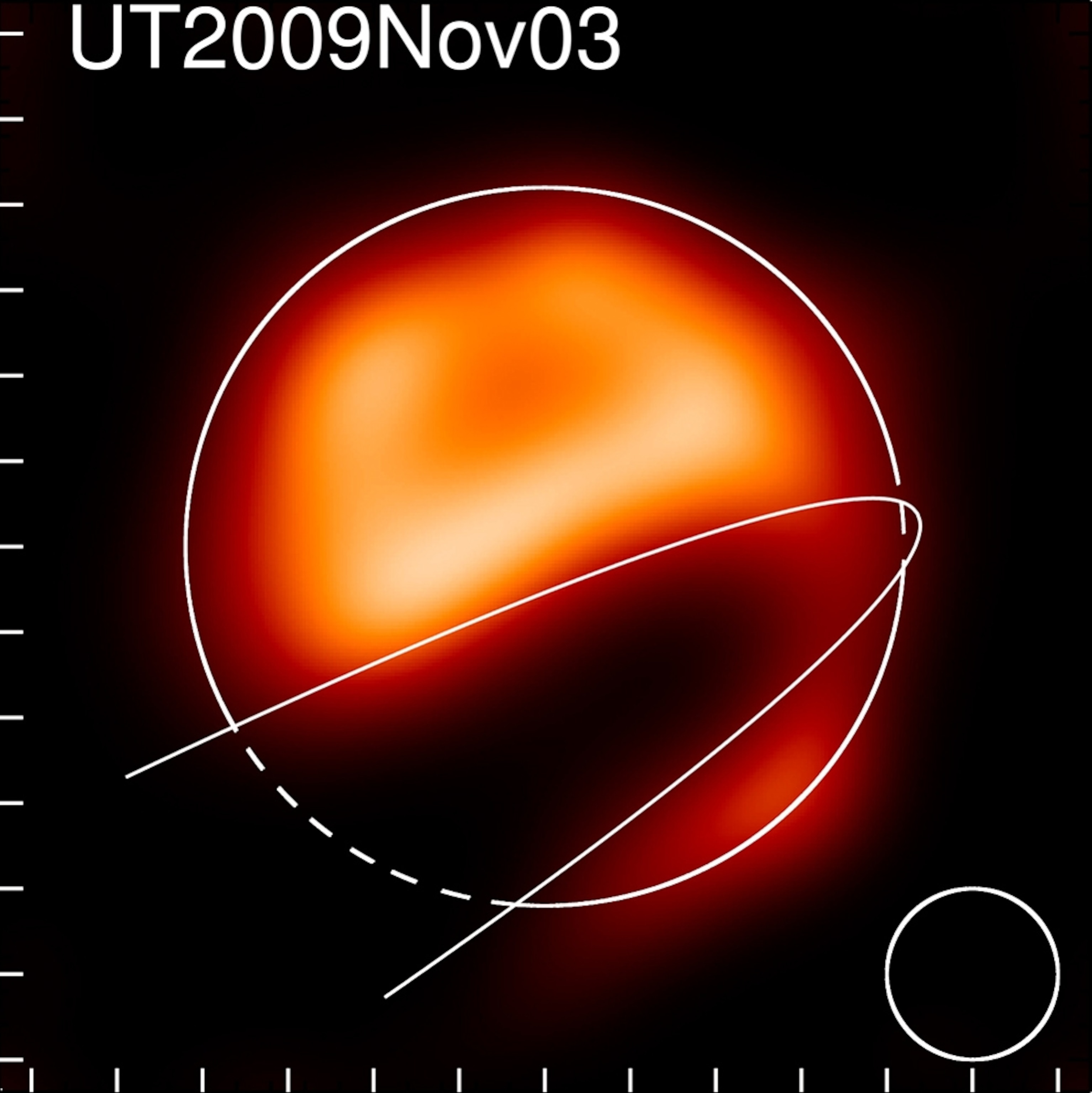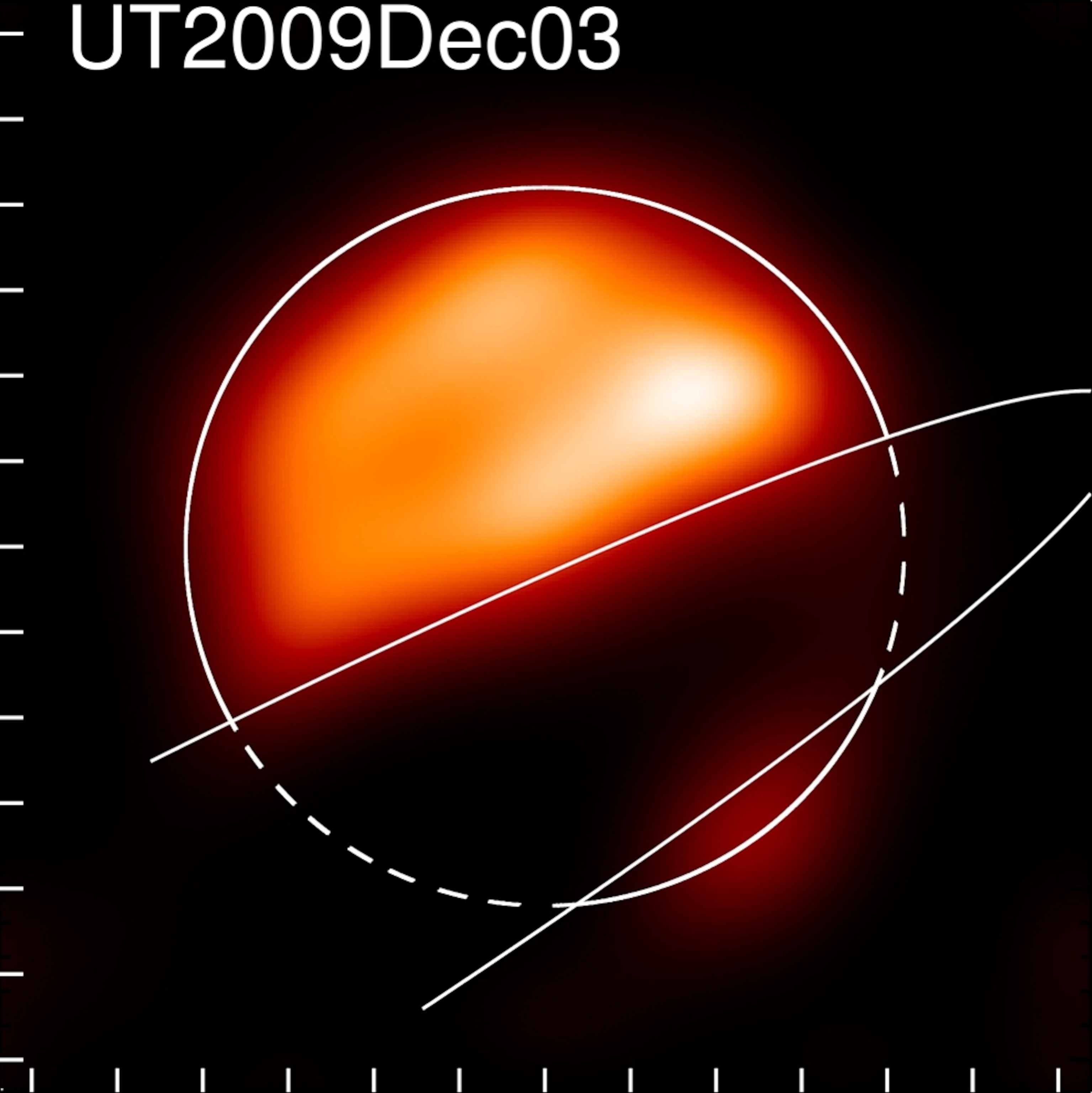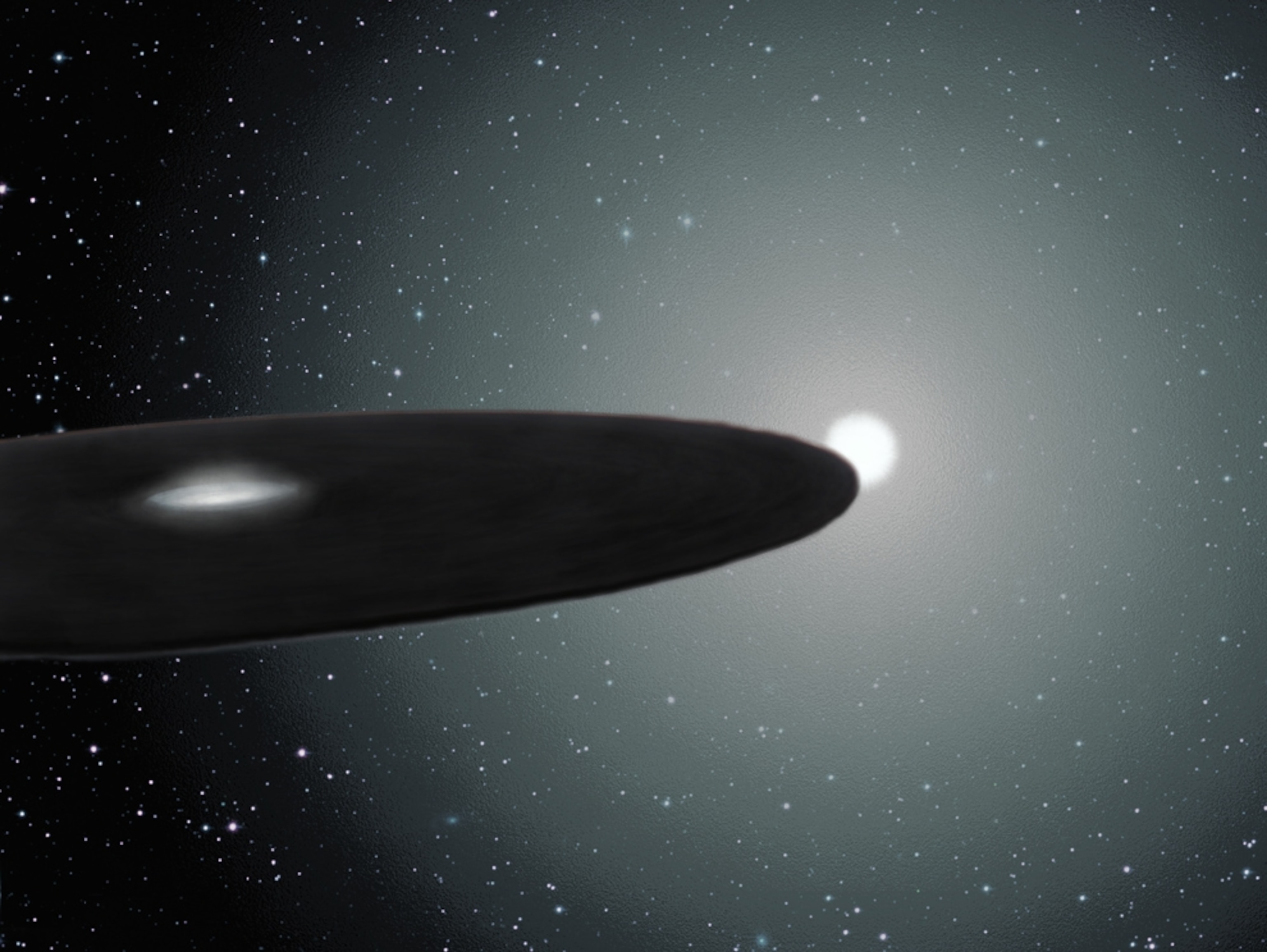Illustration by Brian Thieme and courtesy www.citizensky.org
First Pictures: Mystery Disk Eclipses Star
New pictures confirm that a dark disk is responsible for the star Epsilon Aurigae's regular, 18-month-long eclipses. Also: how to see it in the night sky.
April 8, 2010
